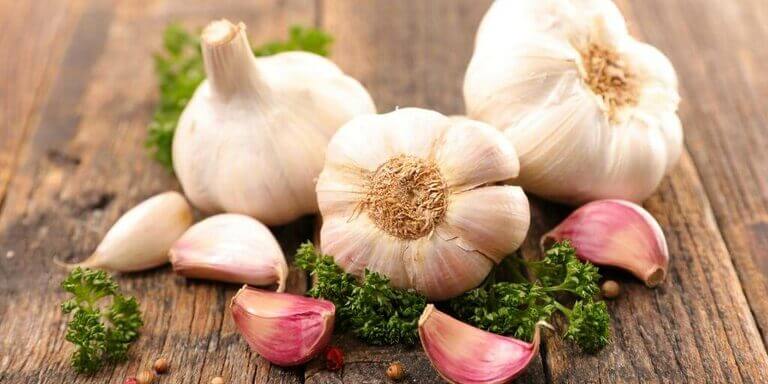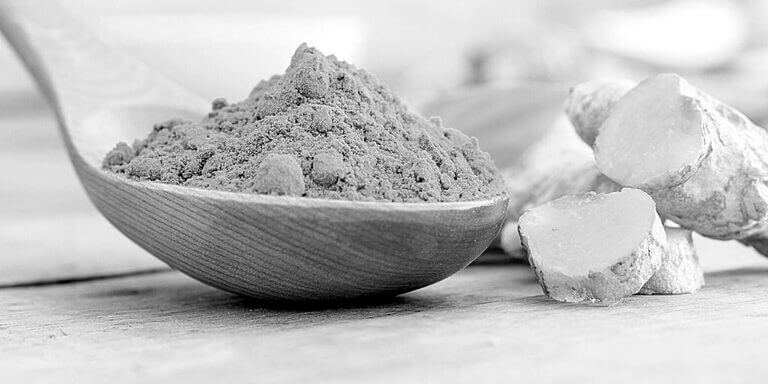Herbal remedies are plants that have a medicinal effect. Herbal remedies have been around for thousands of years. In fact, some evidence suggests that plants were used for medicinal purposes over 60,000 years ago. The earliest written evidence dates back to over 5,000 years ago.
Such herbal remedies have been making a real comeback in recent years and have become commonplace.
Herbal remedies contain powerful chemicals that many pharmaceutical companies and scientists are studying. Many of these plants are either available in the grocery store or can be grown quite easily in a garden. Using these plants in your diet can have a significant effect on your health and overall wellbeing.
Common Herbal Remedies & Their Benefits
These herbal remedies can often be just as effective as pharmaceuticals in the prevention and treatment of disease:
Ginseng

Ginseng is one of the most popular plants in Chinese medicine. The most popular varieties are American ginseng and Asian ginseng. American ginseng is considered to have a greater relaxing effect, while the Asian variety is more stimulating.
Consider these benefits: Ginseng is an excellent antioxidant and reduces inflammation. Ginseng has shown promise for improving brain function and treating erectile dysfunction. It could also lower blood sugar, lower fatigue, and have benefits against cancer.
Garlic

Garlic is readily available and a powerful herbal remedy. Most people enjoy the taste of garlic, bad breath notwithstanding.
Garlic has been shown to significantly reduce the duration and severity of cold symptoms. Hypertension responds positively to garlic consumption. In fact, garlic is at least as effective in treating hypertension as some medications.
Garlic also lowers cholesterol levels, may help prevent Alzheimer’s, and could help with the process of removing heavy metals from the body.
Turmeric

Turmeric is used in Ayurvedic medicine and is also a popular spice in Indian food. Turmeric is also readily available in any grocery store. The primary active ingredient in turmeric is curcumin.
Turmeric is a powerful anti-inflammatory. It is as effective as aspirin and ibuprofen in treating inflammation. It is also believed to be beneficial in treating and preventing cancer. Depression, diabetes, and Alzheimer’s are also believed to be helped by the consumption of turmeric.
Ginger

Another very common grocery store item, ginger, is excellent for the treatment of nausea and morning sickness. Ginger can be used as a spice or made into tea.
More benefits include:
- You can use it to help treat muscle pain and soreness.
- Ginger is another excellent anti-inflammatory.
- Indigestion, high blood sugar, and high cholesterol can all be reduced by ginger.
Valerian

Valerian is most commonly consumed as a tea, usually as part of a blend to aid in sleep and/or anxiety. It can be found at most local grocery stores.
Valerian root in its’ raw form might be a little harder to find. If you’re to find it anywhere, it’s likely at an Asian supermarket.
You also have the option to grow this one on your own, it takes a little more work but it’s worth the effort.
This flowering plant has many health benefits:
Headaches, insomnia, digestive issues, muscle pain, fatigue, and anxiety can all be helped by valerian root.
Chamomile

This daisy-like flower is most commonly consumed in tea form. Chamomile is believed to treat insomnia, reduce cold symptoms, boost immunity, and lower stress levels. Chamomile tea is available at your grocery store.
Closing Notes On Common Herbal Remedies
Herbal remedies can’t replace all pharmaceutical drugs, but they are viable replacements in many situations. Of course, you should still include your doctor in your herbal remedy plans.
Herbal remedies can be very effective and inexpensive. $1 of garlic can easily last a week. If your budget is tight, herbal remedies can be a great way to boost your health without breaking the bank.
Even if you’re in 100% perfect health, herbal remedies can help to keep you healthy. You have nothing to lose. In fact, your food might taste even more delicious while you’re making your body healthier.
































